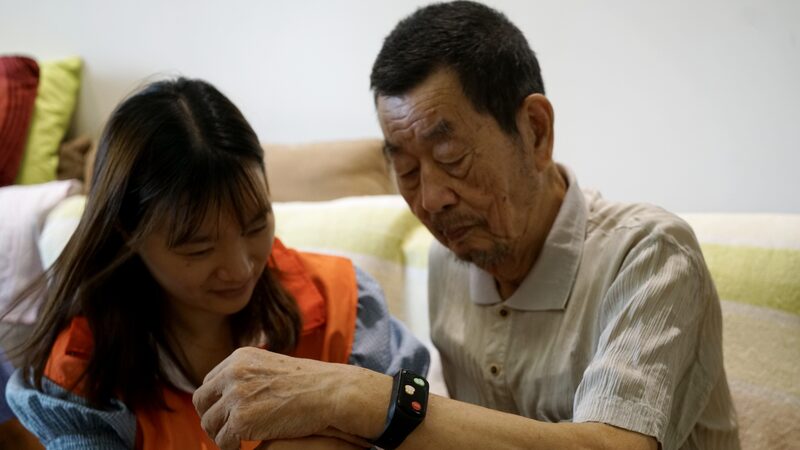With over 20% of its population aged 60+, China is shifting its healthcare focus from treating illnesses to preventing them as part of a sweeping \"health-first strategy.\" Approved at a key Communist Party meeting, the plan targets aging-related challenges and chronic diseases through early intervention and smarter care. 🩺
Aging Population, New Priorities
\"An aging society needs high-quality health management, not just hospitals,\" says Gordon G. Liu, a top health expert at Peking University. Chronic diseases like diabetes and respiratory illnesses now account for 80% of deaths nationwide. New action plans aim to boost early screenings and stop diseases before they escalate. 🚨
Tech + Community Care
China’s building a disease-monitoring network across 84,000 medical institutions to track outbreaks and health risks. Nearly 200 million women have already accessed free breast and cervical cancer screenings. Meanwhile, family doctors and long-term care insurance are expanding to keep care local and accessible. 🏡💊
Lessons from Sanming
The strategy borrows from Sanming City’s successful reforms, which integrated hospitals, insurance, and pharmacies to cut costs and improve care. As Zhan Jifu, a key reform architect, notes: \"Collaboration across sectors is vital to meet the public’s demand for healthier lives.\" 🌟
Will China’s focus on prevention pay off? With rising life expectancy and evolving health needs, this could be a global case study in managing aging societies. Stay tuned! 👀
Reference(s):
China deepens medical reform through 'health-first strategy'
cgtn.com







